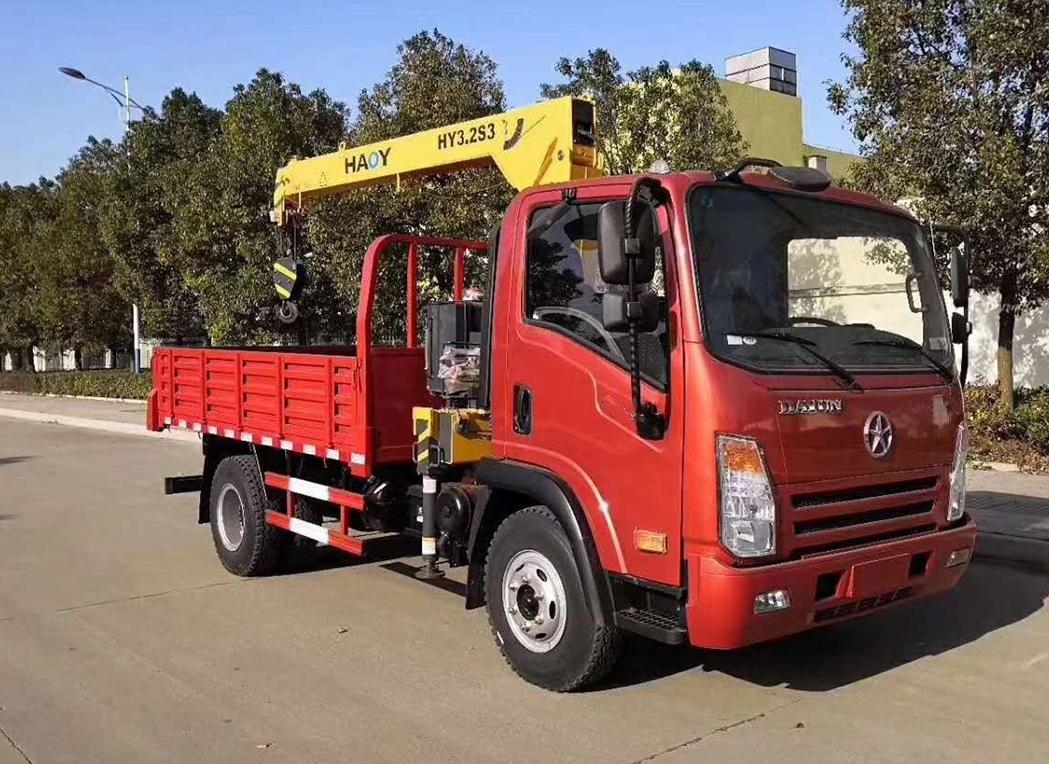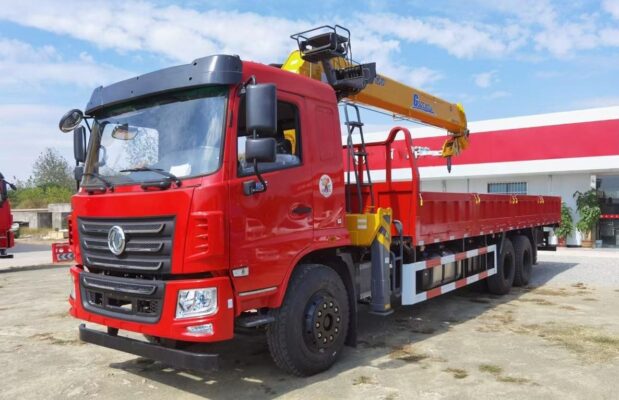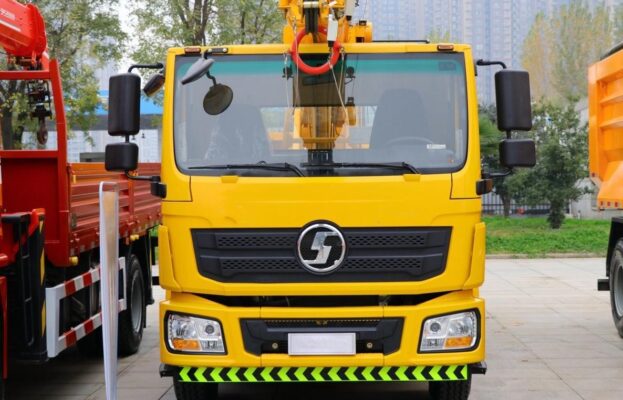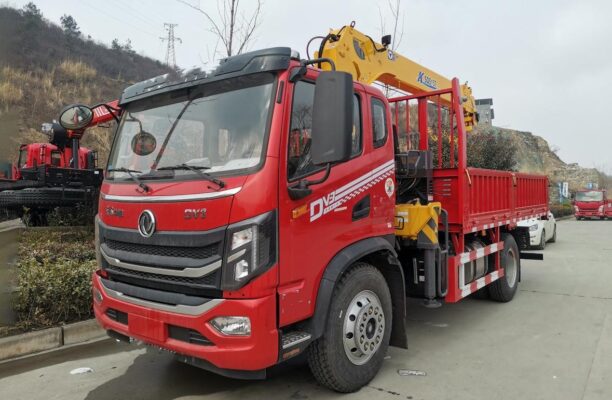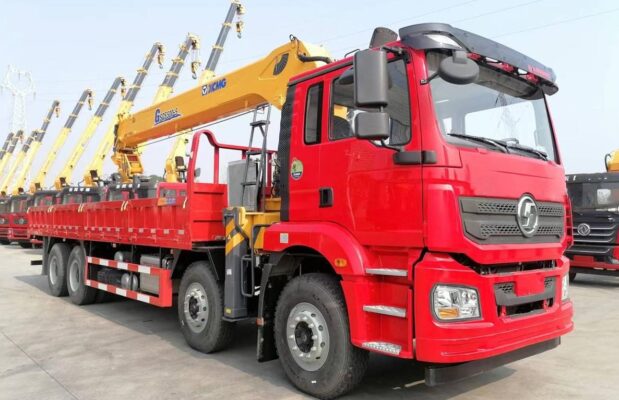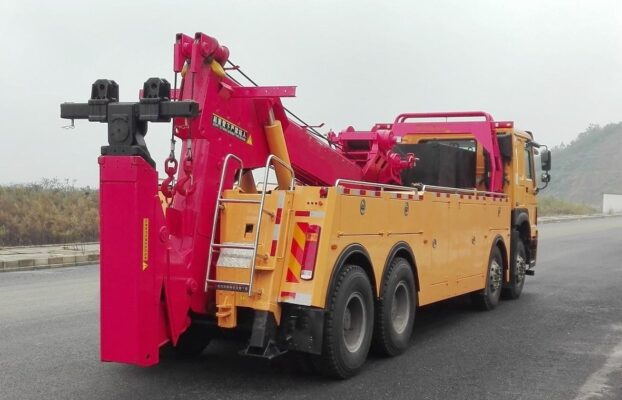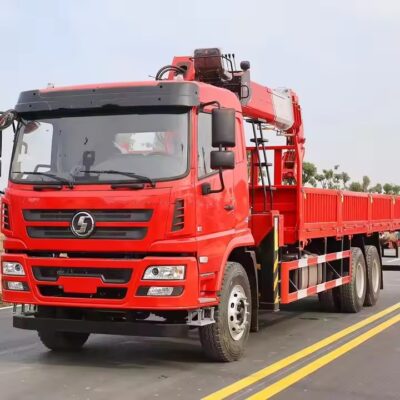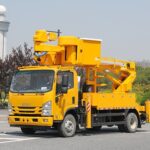A crane hook is a critical component in lifting machinery, and any damage to it can result in catastrophic accidents, including severe injury or even fatalities. Therefore, it is crucial to prioritize safety in the manufacturing and inspection of crane hooks. A thorough and stringent safety supervision system must be in place for both the production of hooks by specialized manufacturers and for used hooks that are still in operation.
The design of a crane hook must meet several essential requirements to ensure its safety, performance, and durability. These requirements span various aspects, from material quality to design considerations. Below are the ten fundamental design requirements for crane hooks:
1. Consideration of Operating Environment
The crane hook must be designed with consideration of the specific working environment. Environmental factors such as temperature, humidity, exposure to chemicals or corrosive substances, and potential physical impacts can affect the performance and longevity of the hook. For example, hooks used in maritime environments should have anti-corrosion coatings to prevent rust and degradation, while those in high-temperature environments may need heat-resistant materials. Therefore, understanding the operating conditions and tailoring the design to suit these factors is crucial.
2. Strength, Toughness, Fatigue Resistance, and Impact Resistance
The hook must be designed to meet the requirements for mechanical strength, toughness, fatigue resistance, and impact resistance. It must be able to withstand dynamic and static loads without failing under normal operating conditions. A well-designed crane hook should have sufficient tensile strength to handle heavy lifting tasks without deforming or breaking. Additionally, the material should exhibit toughness to resist cracks and fatigue over time, especially under cyclic loading conditions. Impact resistance ensures that the hook can survive sudden shocks or impacts that might occur during lifting operations.
3. Compliance with Design and Manufacturing Standards
The crane hook design must adhere to relevant design specifications and manufacturing processes. This includes conforming to safety regulations, dimensional standards, and load-bearing requirements. Additionally, the manufacturing process should ensure that the hook is produced with high precision to avoid defects or irregularities that could compromise its structural integrity. A detailed design plan and a robust quality assurance process are essential to guarantee that the final product meets safety and performance criteria.
4. Forge Fiber Orientation and Heat Treatment
For forged crane hooks, the fiber orientation of the material must be in alignment with the stress distribution across the hook. During the forging process, the fibers of the material should be directed in a way that enhances the hook’s strength in the direction of the applied loads. After forging, heat treatment processes, such as quenching and tempering, should be conducted to improve the material’s hardness, toughness, and resistance to wear and fatigue. The heat treatment process should also ensure uniformity in the hook’s mechanical properties, reducing the risk of failure during operation.
5. Alignment of Forged Plates and Elimination of Heat-Affected Zones
In multi-plate crane hooks, the orientation of the plates should align with the direction of the applied load, maintaining consistency in stress distribution. It is essential that the plates are forged in the correct direction to prevent weak spots that could lead to premature failure. Additionally, if flame cutting or other thermal processes are used during manufacturing, the heat-affected zones must be minimized or eliminated. These zones can weaken the material and create points of failure. Proper manufacturing techniques must be employed to avoid compromising the hook’s structural integrity.
6. Integrity of the Hook Body and Suspension Plate
The body of the hook and its suspension plates must be free from any defects such as cracks or weak seams. Any joint areas, especially where the body and suspension plates are connected, should be carefully designed and manufactured to ensure strength and durability. It is crucial that these components are fully integrated and do not allow for any separation or misalignment that could lead to operational hazards. Any potential weaknesses in the design or manufacturing of these areas must be identified and addressed before the hook is put into use.
7. Material Selection and the Use of Casting
If the selected forging or rolling materials do not meet the necessary performance requirements or are difficult to manufacture, casting may be considered as an alternative manufacturing method. However, this process should only be used when it is proven to be reliable through testing or past experience. If casting is used, the hook must undergo strict testing to confirm its suitability for the intended lifting tasks. The casting process should be carried out under controlled conditions to ensure that the final product meets all mechanical and safety standards.
8. Surface and Internal Quality Standards
Both the surface and internal quality of the crane hook must meet rigorous standards to ensure the hook remains safe and operational. The surface should be smooth, without any visible defects such as cracks, voids, or other structural flaws. The internal structure must be free from any inclusions or weaknesses that could potentially affect the hook’s strength. Non-destructive testing methods such as ultrasonic testing or x-ray inspection are commonly used to assess internal quality. Any defect that could compromise the hook’s safety must be addressed before it is allowed to be used.
9. Verification of Material and Component Quality
The materials used in the manufacturing of crane hooks, including any purchased components or external parts, must be accompanied by certification from the manufacturer that proves the materials meet the required specifications. These certifications serve as evidence that the materials are suitable for use in lifting applications. If such certifications are not available, the materials should undergo thorough testing to verify their performance and safety. Only materials that pass these inspections should be used in the construction of crane hooks.
10. Marking and Certification of the Crane Hook
Each crane hook must be clearly marked with its specifications and manufacturing details in a location that is resistant to wear. This marking should include essential information such as the hook’s rated load capacity, the manufacturing number, production date, and the manufacturer’s name. The marking should be durable and should not be easily worn off during normal use. Additionally, a certification of compliance should be issued to confirm that the hook meets all relevant safety and performance standards. The certification must be available for inspection and include documentation to support the hook’s quality and safety.
Conclusion
The design of a crane hook is a highly specialized task that requires careful consideration of materials, manufacturing processes, and the environmental conditions in which the hook will be used. Crane hooks are critical safety components that must be engineered to withstand heavy loads, resist fatigue, and perform reliably over time. By adhering to the above design requirements, manufacturers can ensure that their crane hooks provide optimal performance, safety, and durability, thus minimizing the risk of accidents and ensuring smooth lifting operations. Each hook should be manufactured, tested, and certified to meet these rigorous standards, ensuring that it can safely perform in the most demanding environments.

